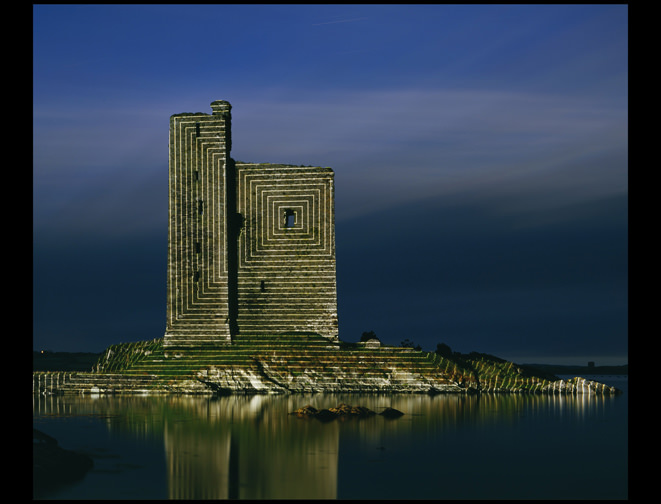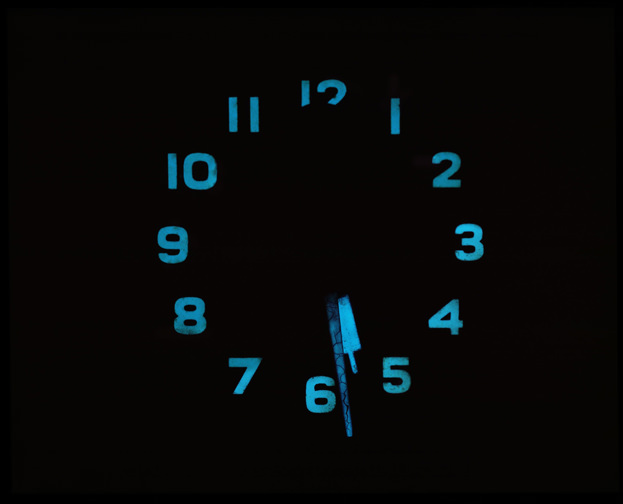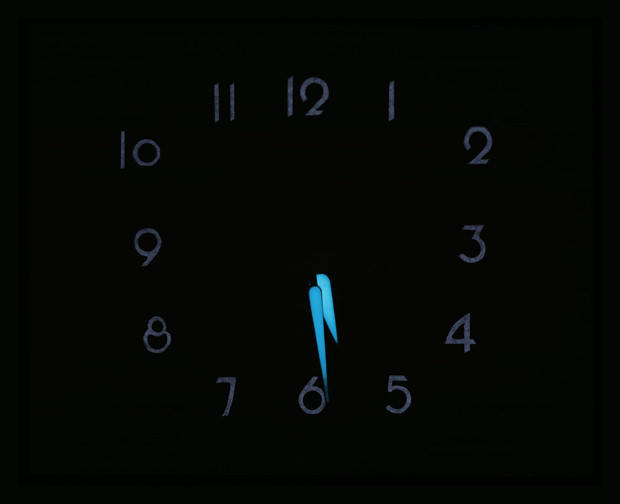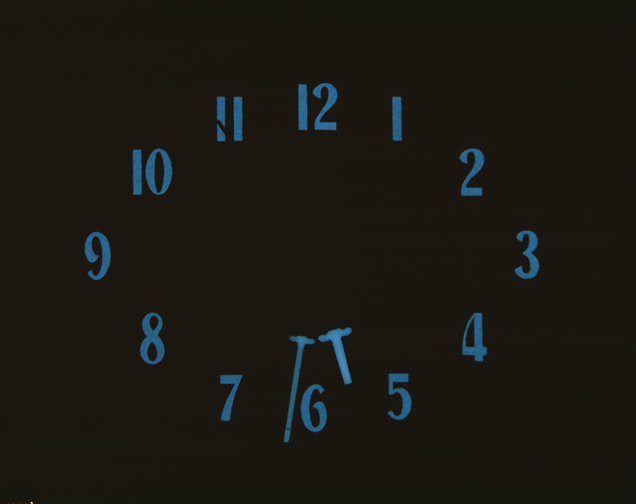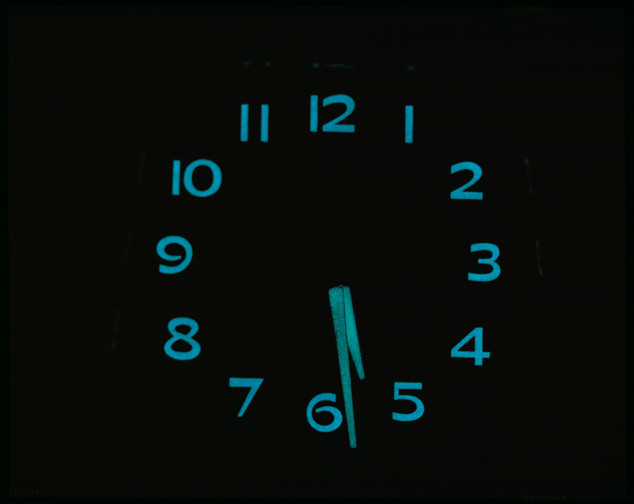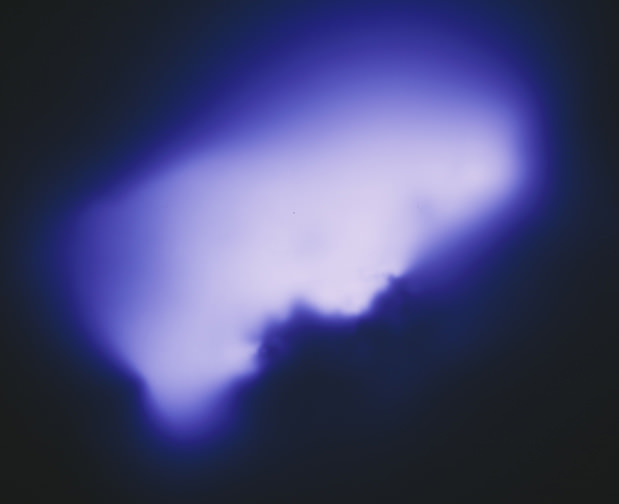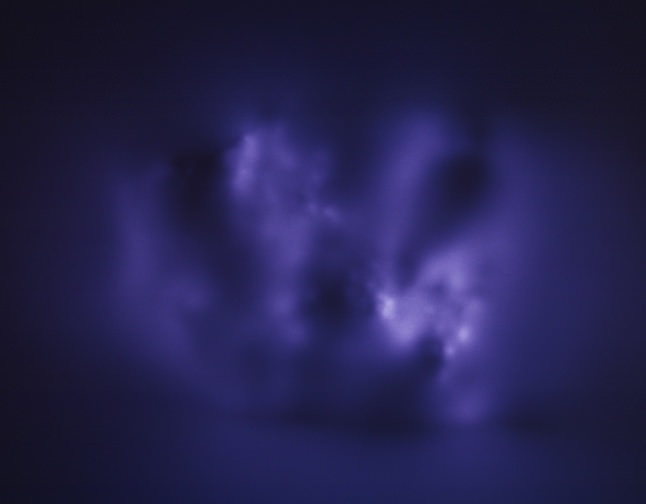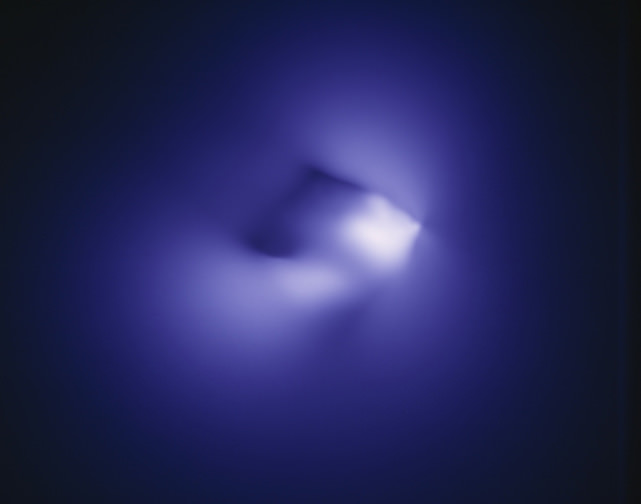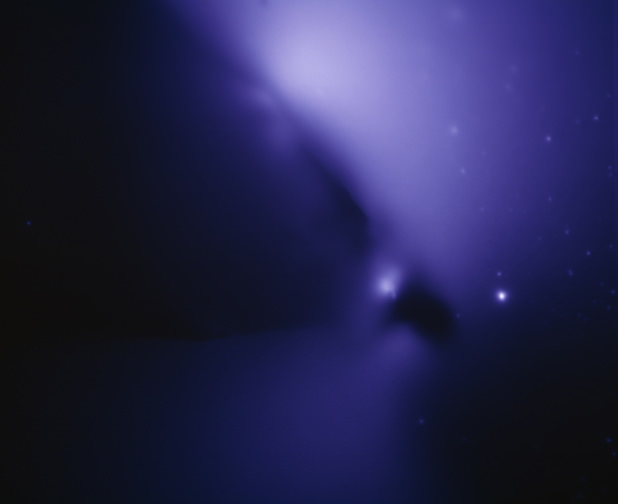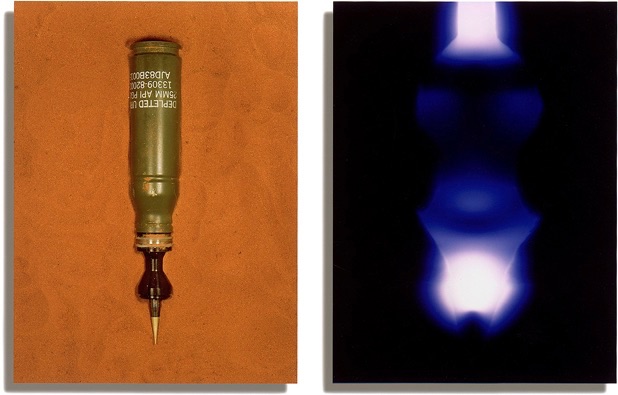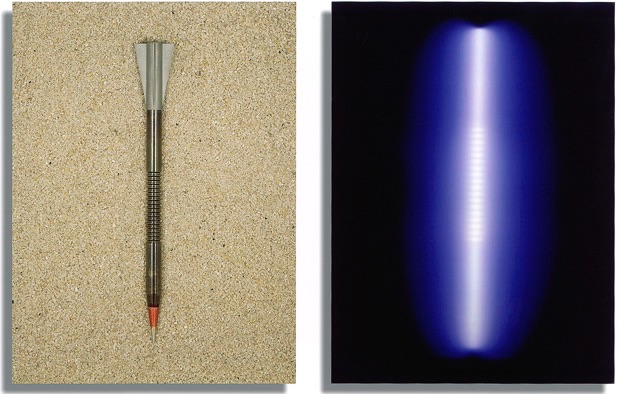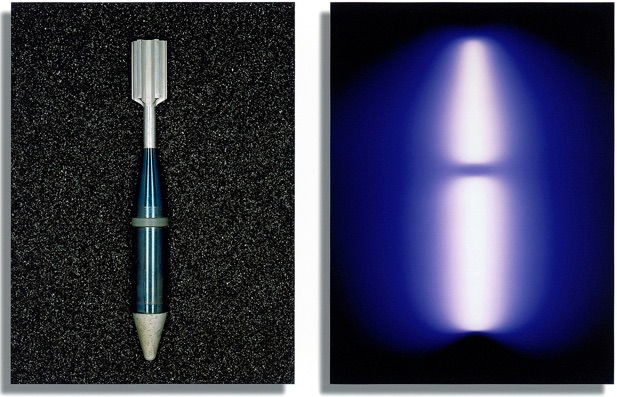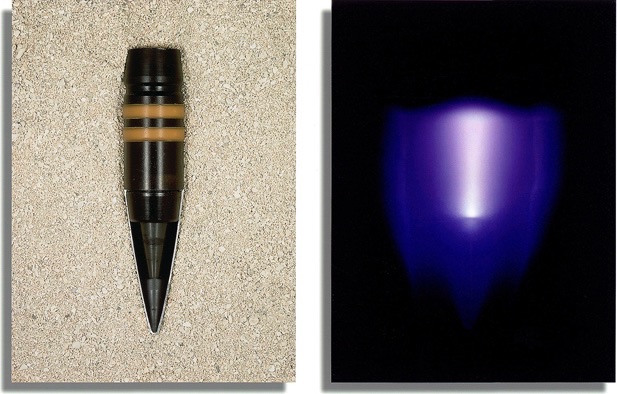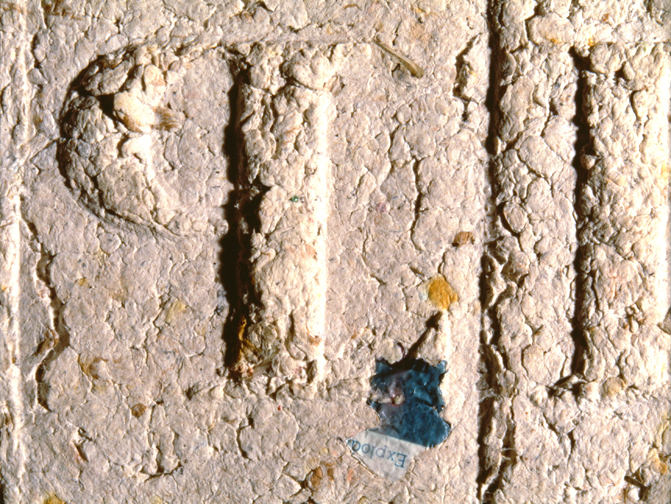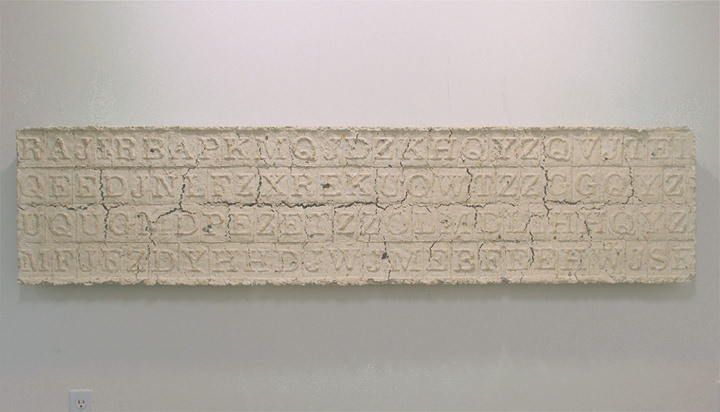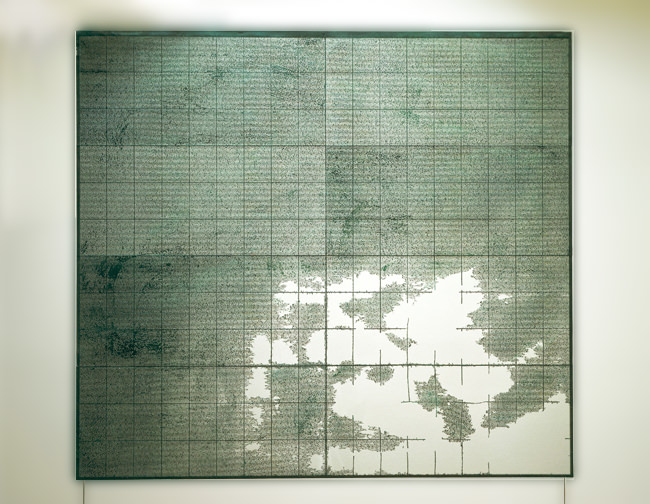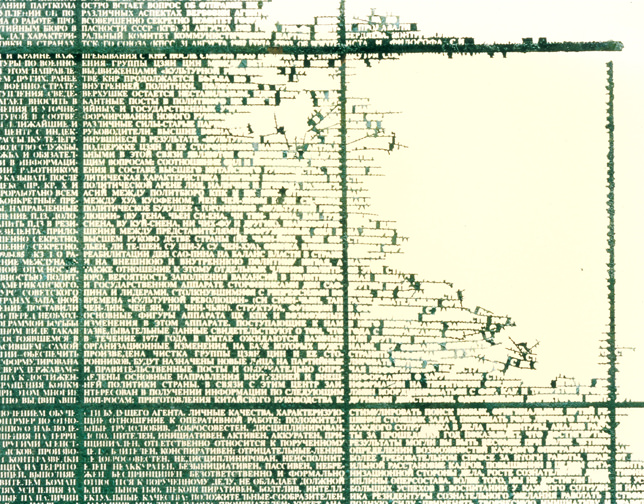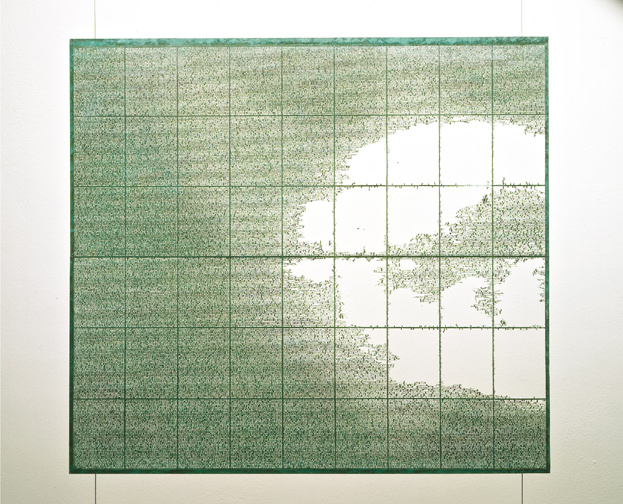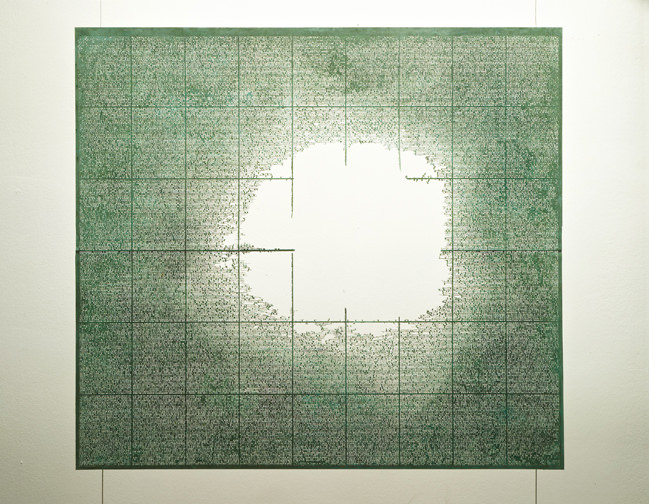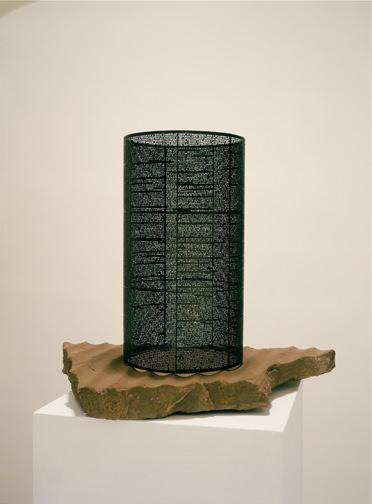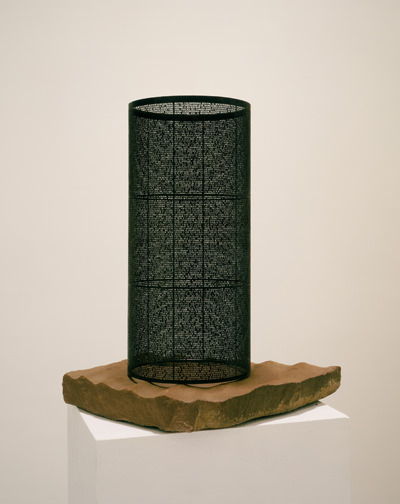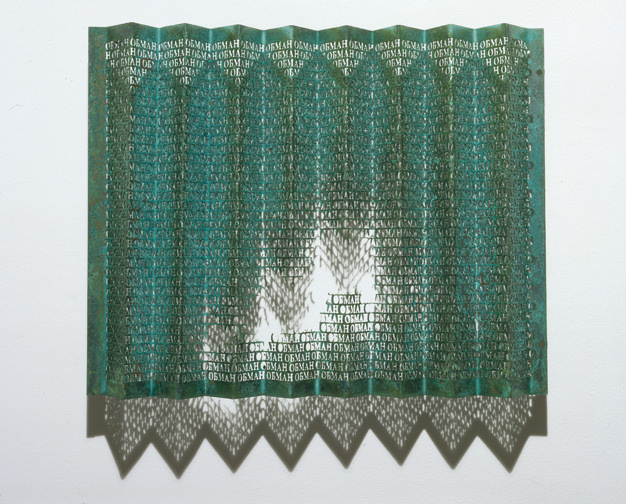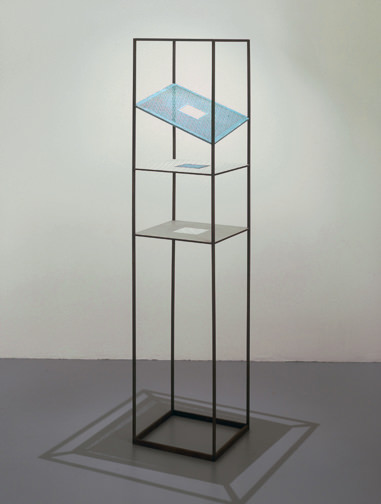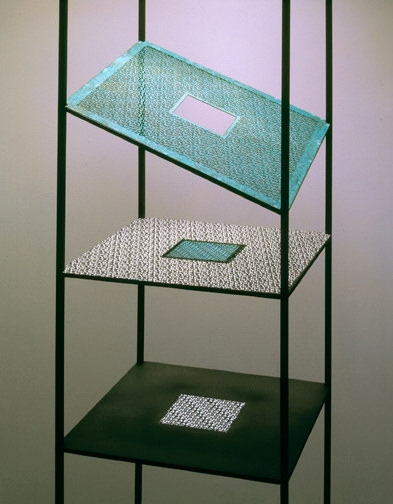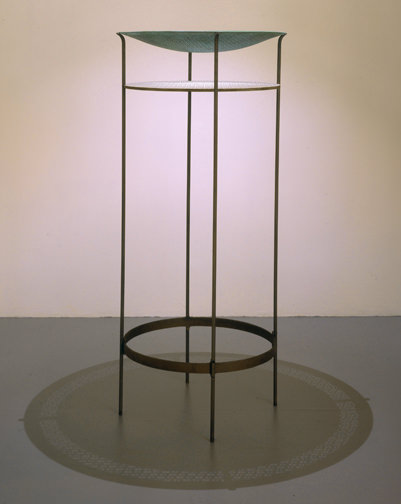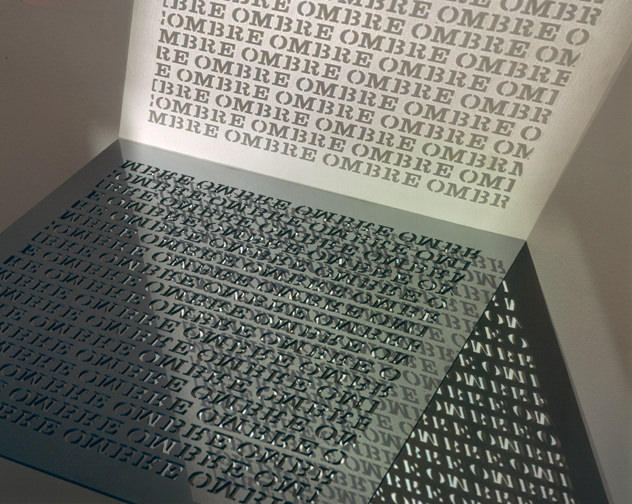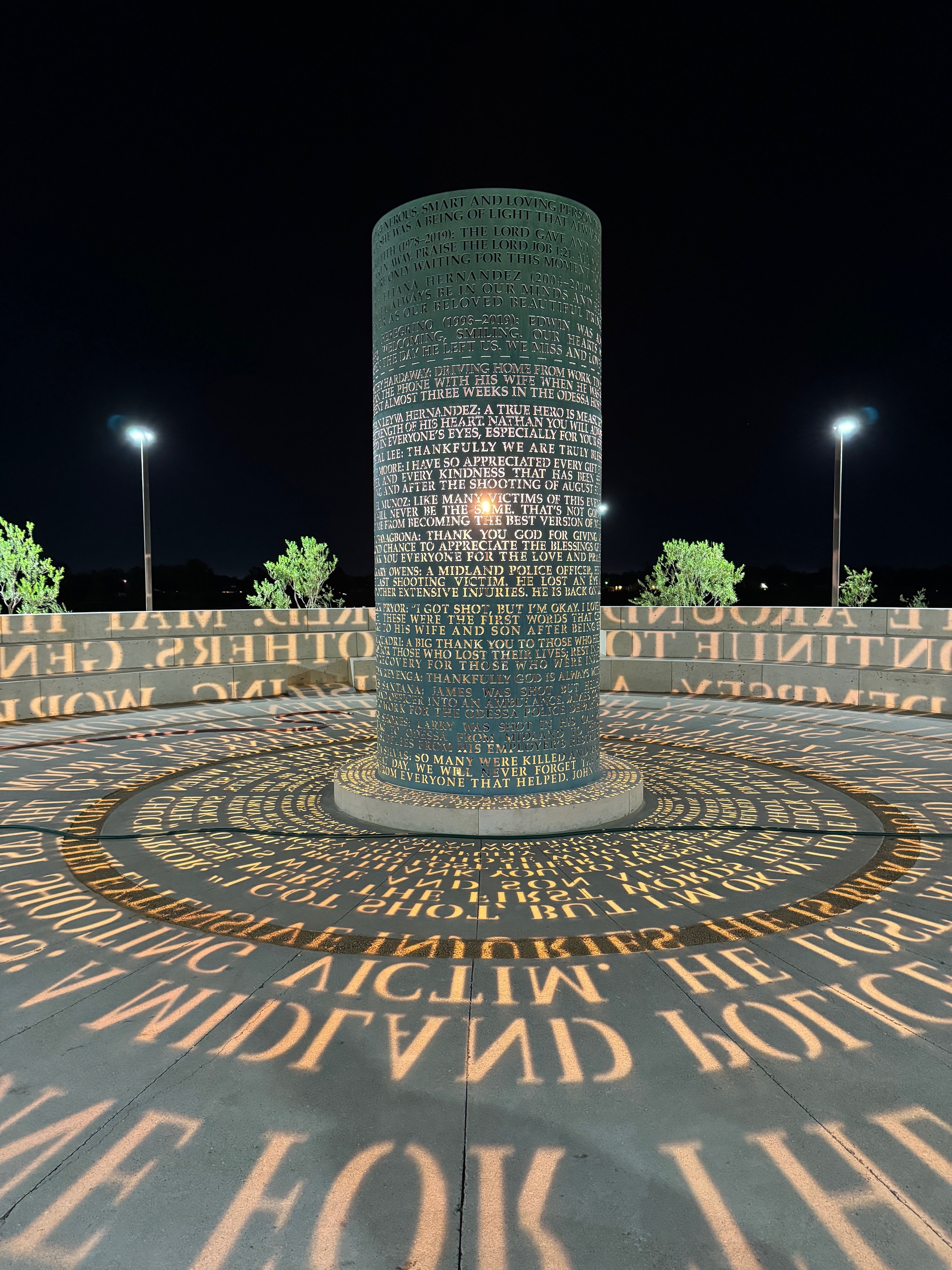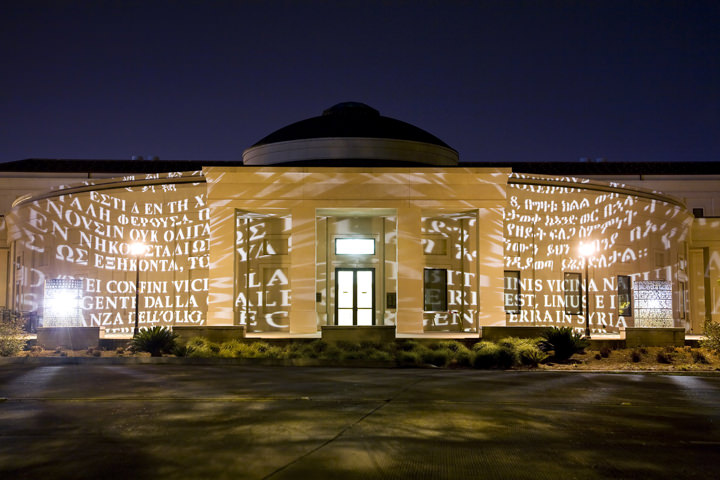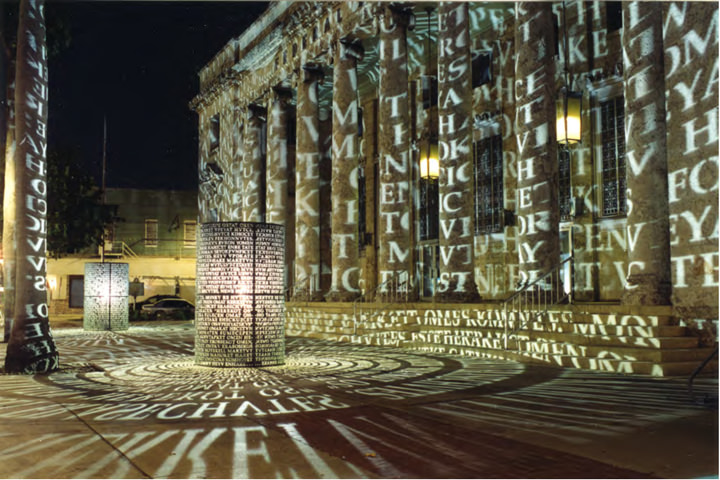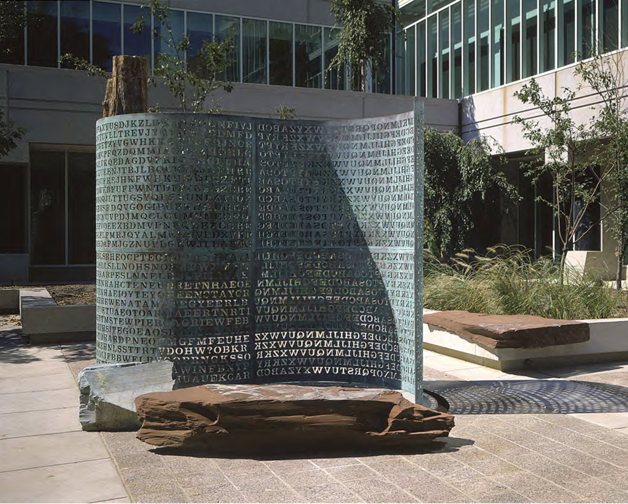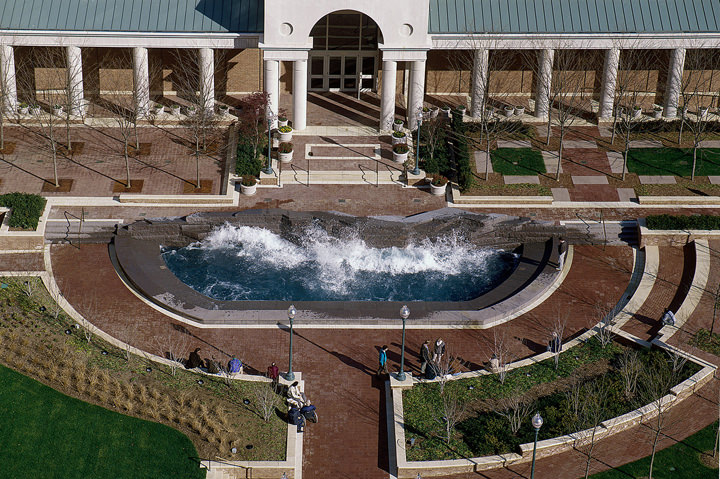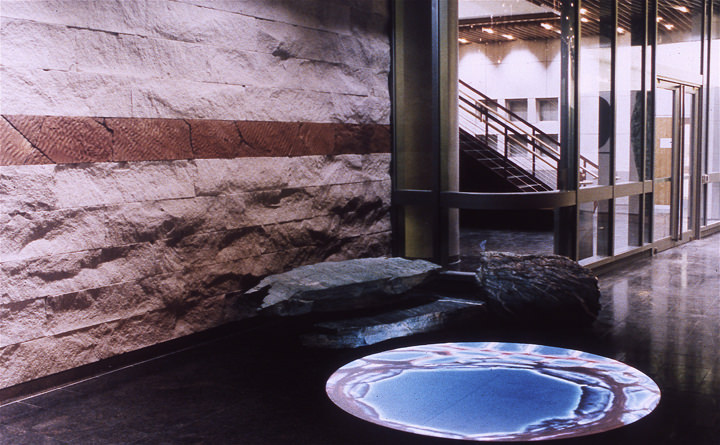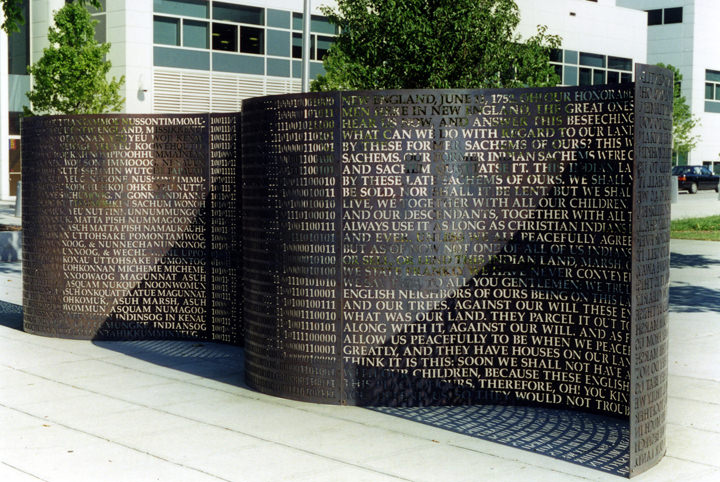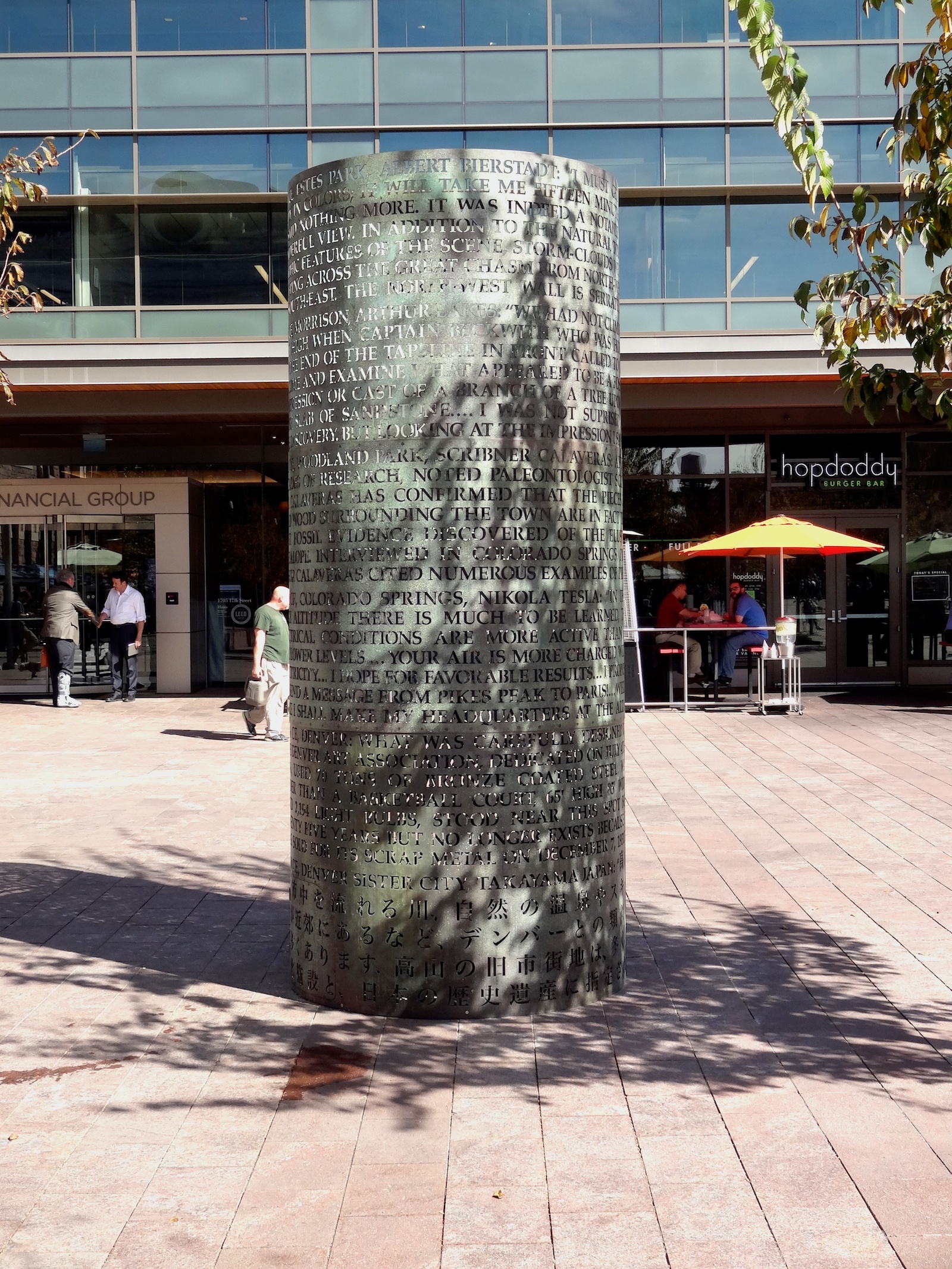PROPERTY OF A GENTLEMAN
91
A LIFE SIZE SANDSTONE FIGURE OF VARUNA
KHMER, ANGKOR PERIOD PRE-RUP STYLE 3RD QUARTER OF THE 10TH CENTURY
It is believed that this nearly complete guardian figure was discovered and documented by the French in 1896 against the western wall of the collapsed temple of East Mebon. Unfortunately the piece vanished from the site in 1951 and resurfaced in the garden of the Democratic Peoples Republic of North Korea’s restaurant “Pyongyang” in Siem Reap in 2012. Earlier this year Kim Jong-Un decided, reluctantly, to take it to auction for the benefit of the Republic. Varuna was considered the sovereign of the world beyond, and had magic powers and created the forms of the visible world. He meted out judgment and punishment and was seen as somewhat despotic wielder of magic.
81” (206cm.) high (with Tenon)
$ 220,000 - 300,000
PROVENANCE: In dispute
MUSEUM INSTALLATIONS
Critical Assembly and Terrestrial Physics
News: In 2015 Critical Assembly was permanently placed into the collection of the National Museum of Nuclear Science & History in Albuquerque NM.
News: In 2015 Terrestrial Physics was permanently placed into the collection of Intellectual Ventures Inc. in Bellevue Washington.
In 1998 Jim Sanborn visited the Trinity Site where the first atomic bomb was detonated. This visit led him to a six-year project titled Critical Assembly during which he created a tableau based on the laboratory environment for the assembly of the first atomic bomb. This large installation began with concentrated research and then with many trips over a four-year period to Los Alamos NM where he acquired original spare parts and prototypes of the first atomic bomb and the laboratory equipment used to build them. The objects he was not able to acquire from former employees of the lab, he constructed.
Terrestrial Physics Sanborn's project predates that 1944 Los Alamos program by several years and focuses on the following event.
In a quiet residential neighborhood in Washington DC at 9:00 pm Saturday, January 28, 1939, the large particle accelerator at The Carnegie Institutions Department of Terrestrial Magnetism split the nucleus of the uranium atom for a small audience that included the physicists Enrico Fermi, Niels Bohr and Edward Teller. This discovery paved the way for technologies as ironically disparate as nuclear medicine and, within just five years, the atomic bomb.
Working from the Carnegie physicist's original notes, drawings, and photographs in the Carnegie Library, Sanborn has reconstructed machines based on this information and repeated the original experiment; splitting the atom of Uranium. The installation, large digital prints, a video of the fission events and the accelerator in operation, form the basis of this body of work.
Terrestrial Physics and Critical Assembly soften the distinctions between art and science. These installations exploring the relationship between pure science and technology do not use science as just a starting point though; here, tools more often associated with science have become an integral part of artwork. These reinterpretations of the events and more importantly the influence of the visual context of these moments remind us of the risks, rewards and complexities of the decision-making processes involved.

Location: MCA Denver, Denver, CO
Materials: Mixed materials, original parts, artifacts and video
Size: 18'x30'x50'
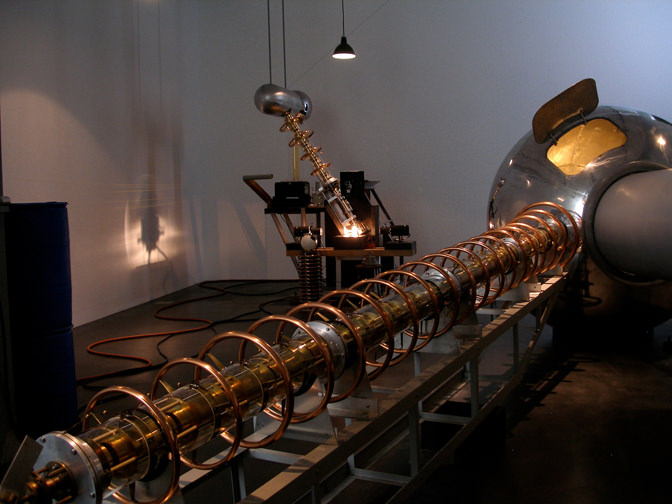
Location: MCA Denver, Denver, CO
Materials: Mixed materials, original parts, artifacts and video
Size: 18'x30'x50'
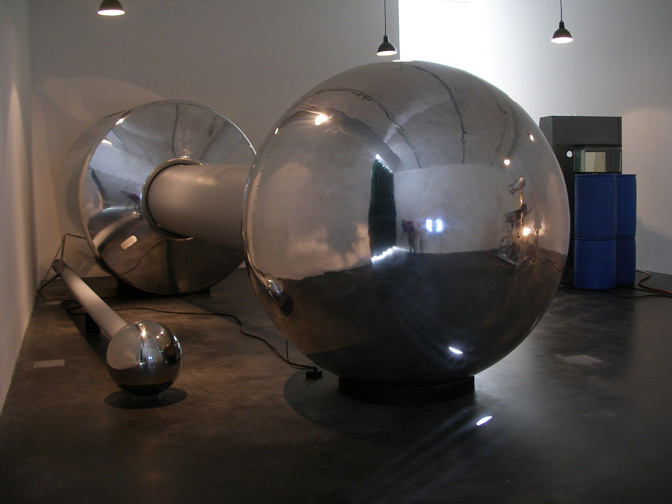
Location: MCA Denver, Denver, CO
Materials: Mixed materials, original parts, artifacts and video
Size: 18'x30'x50'

Location: Outside studio
Materials: Mixed materials, original parts and artifacts
Size: 28'x20'x10'
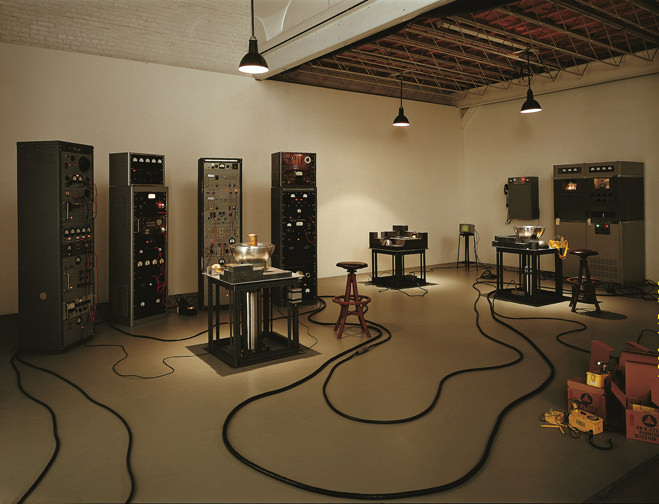
Location: Gwangju Biennale, South Korea
Materials: Mixed materials, original parts and artifacts
Size: Dimensions variable
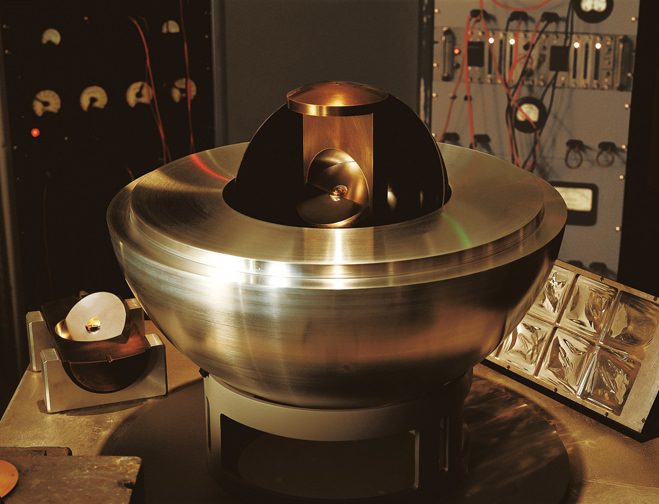
Location: Gwangju Biennale, South Korea
Materials: Mixed materials, original parts and artifacts
Size: Dimensions variable
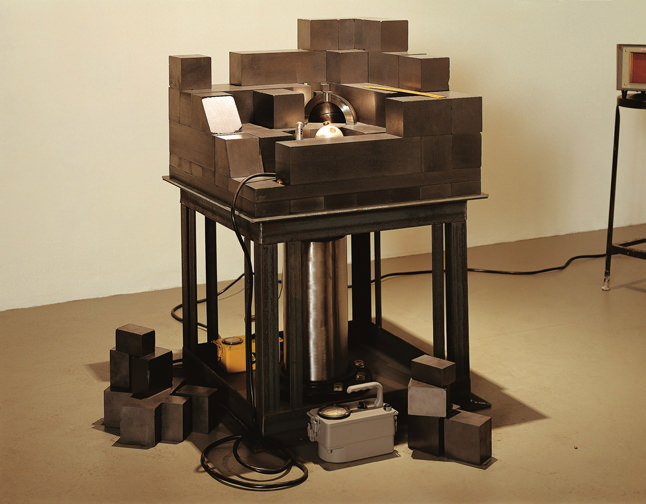
Location: Gwangju Biennale, South Korea
Materials: Mixed materials, original parts and artifacts
Size: Dimensions variable
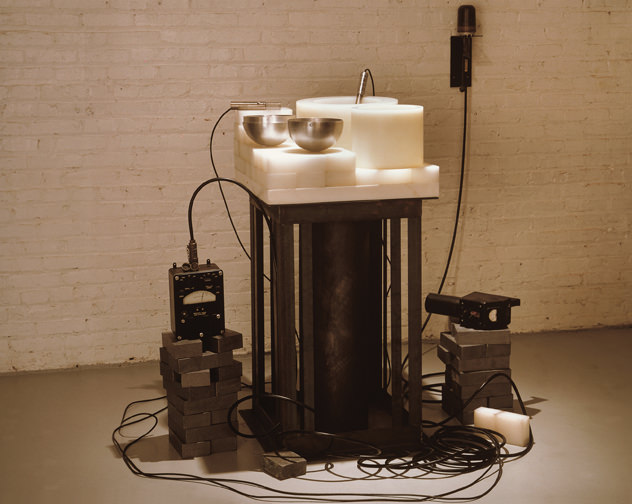
Location: Gwangju Biennale, South Korea
Materials: Mixed materials, original prototypes and artifacts
Size: Dimensions variable
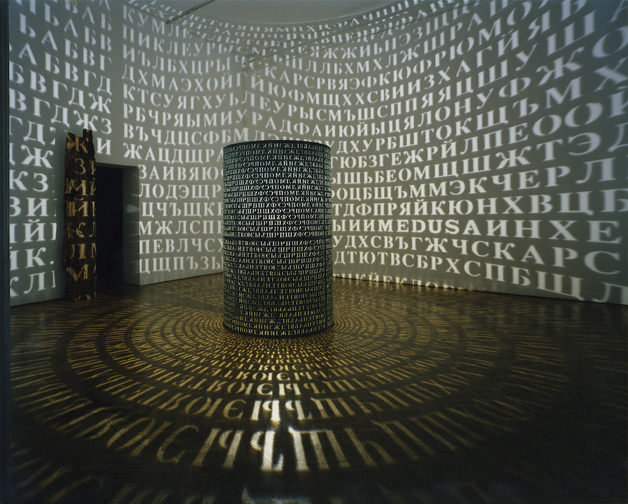
Location: Corcoran Museum of Art, Washington, DC
Materials: Copper, text, projected light and petrified tree
Size: 18'x20'x50'
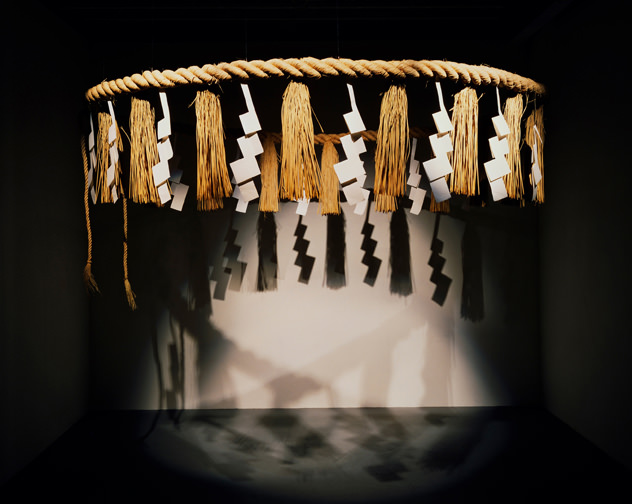
Location: High Museum of Art Atlanta, GA
Materials: Shinto rice straw rope and paper, suspended
Size: 15' in diameter
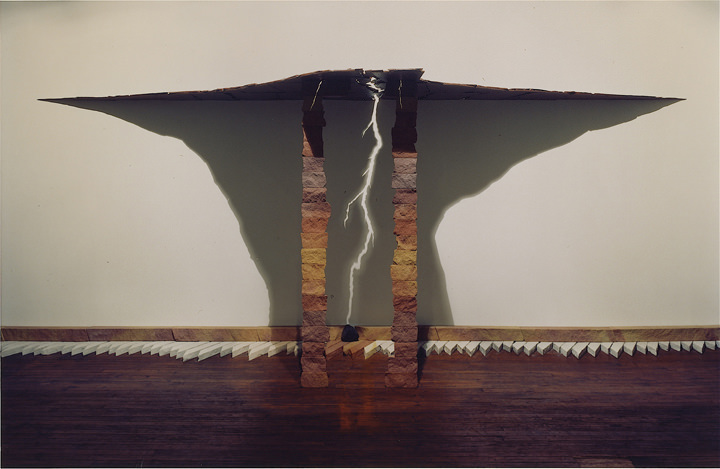
Location: Corcoran Museum of Art, Washington, DC
Materials: Sandstone, lodestone, shadow
Size: 12'x24'x4'

Location: The Virginia Museum, Richmond, Virginia
Materials: Stone, Egyptian mummy, mummy case
Size: 8'x14'x20'
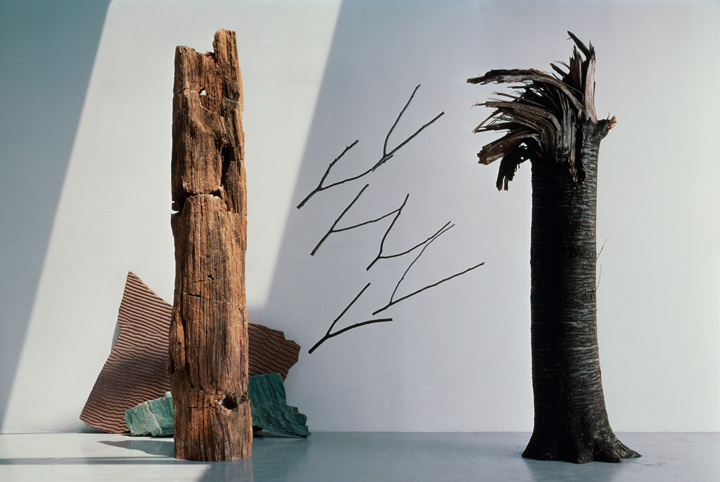
Location: LA County Museum of Art
Materials: Petrified tree, broken tree, stone and dowsing rods
Size: 14'x20'x5'
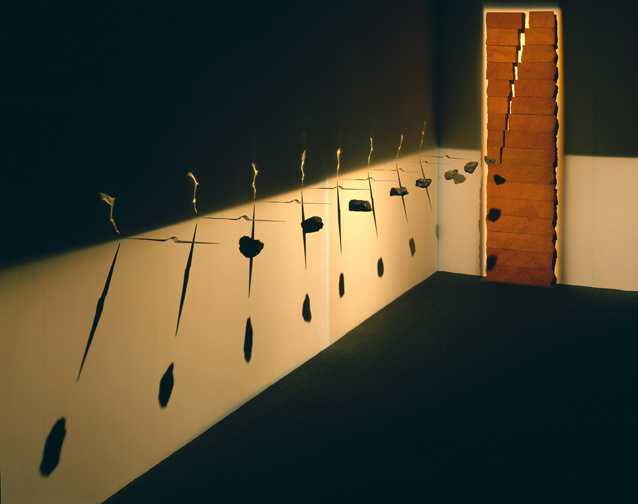
Location: Hirshhorn Museum, Washington, DC
Materials: Lodestone, compasses, sandstone and light
Size: 10'x30'x5'
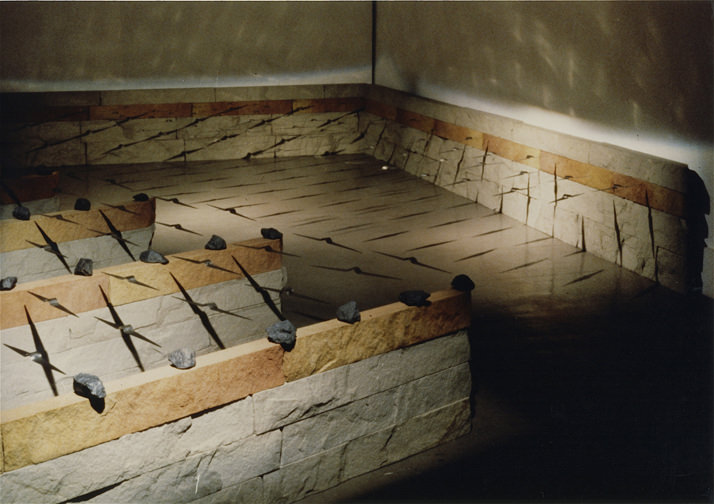
Location: Artists Space, New York, NY
Materials: Lodestone, compasses,sandstone and light
Size: Dimensions variable
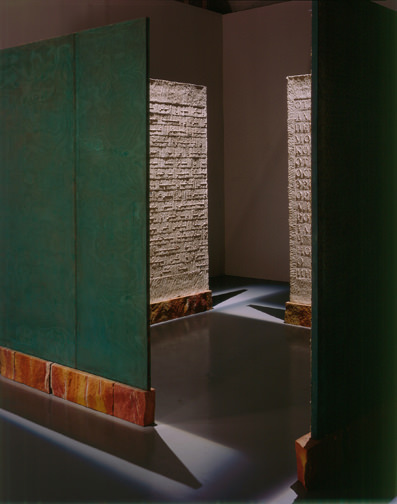
Location: Studio installation
Materials: Pulped C.I.A. documents, copper screen
Size: 9'x15'x15'
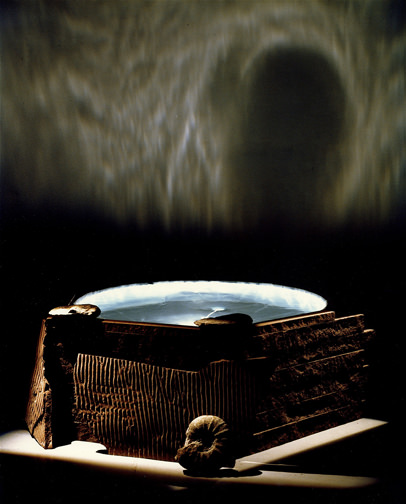
Location: The Phillips Collection, Washington, DC
Materials: Sandstone, museum specimens, whirlpool and light
Size: Dimensions variable
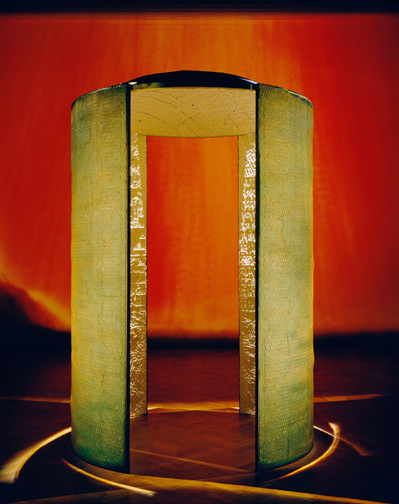
Location: Corcoran Museum of Art, Washington, DC
Materials: Pulped C.I.A. documents, copper screen, 35mm film projection of lava falls
Size: 18'x20'x30'












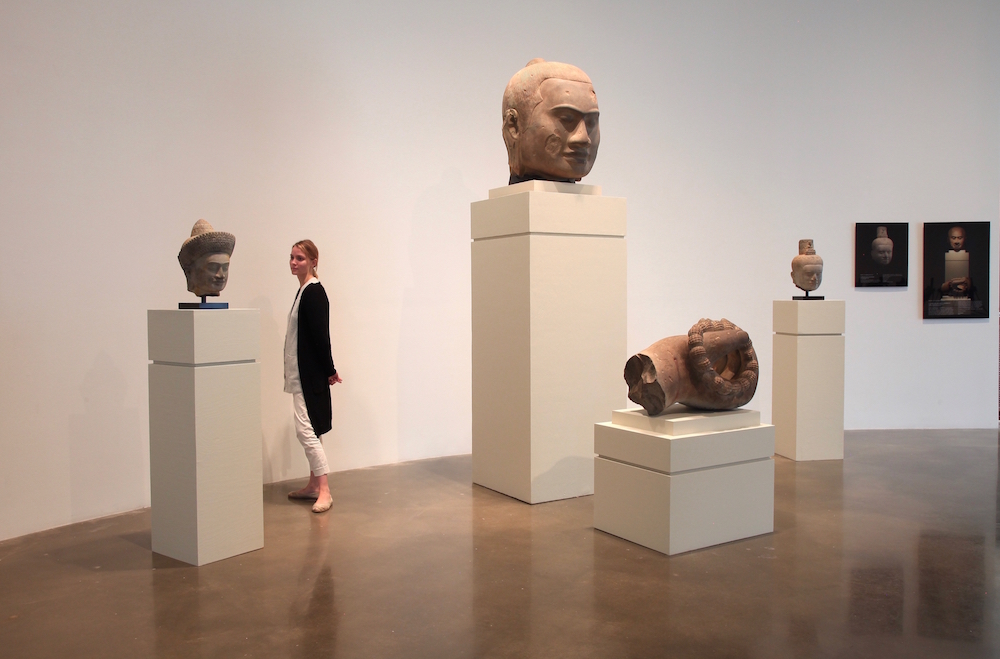
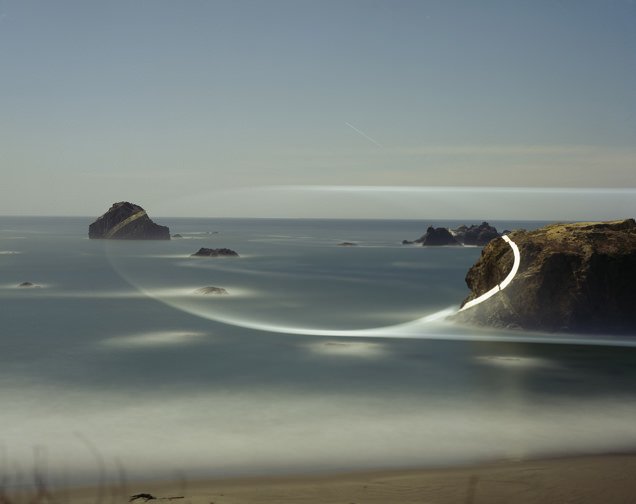
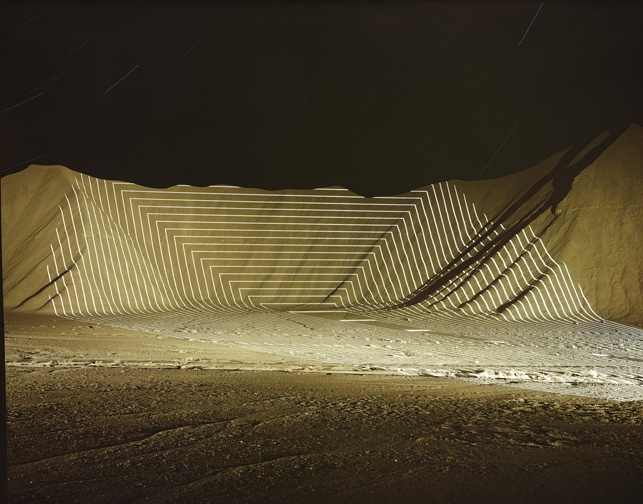
%20Cainville,%20Utah.jpg)
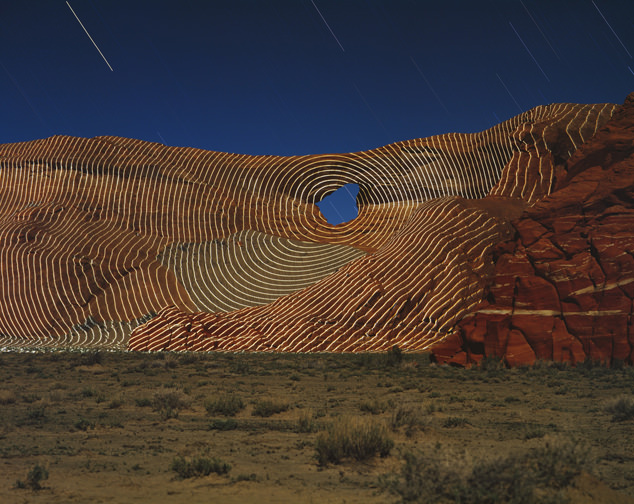
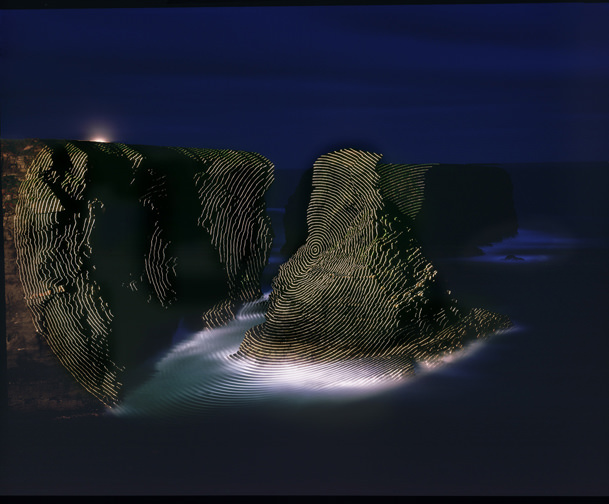
%20Notom,%20Utah.jpg)

